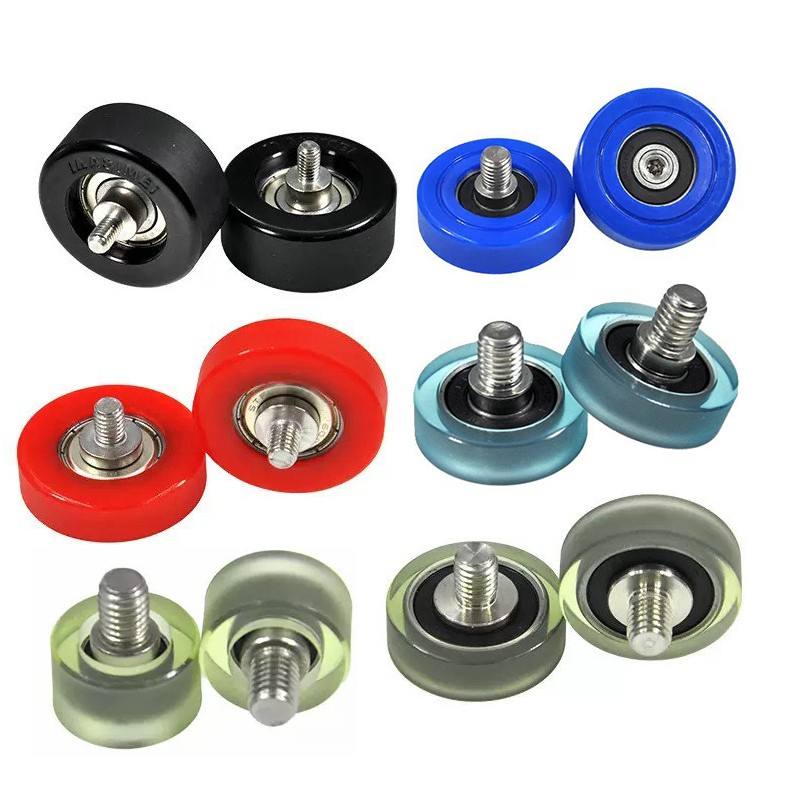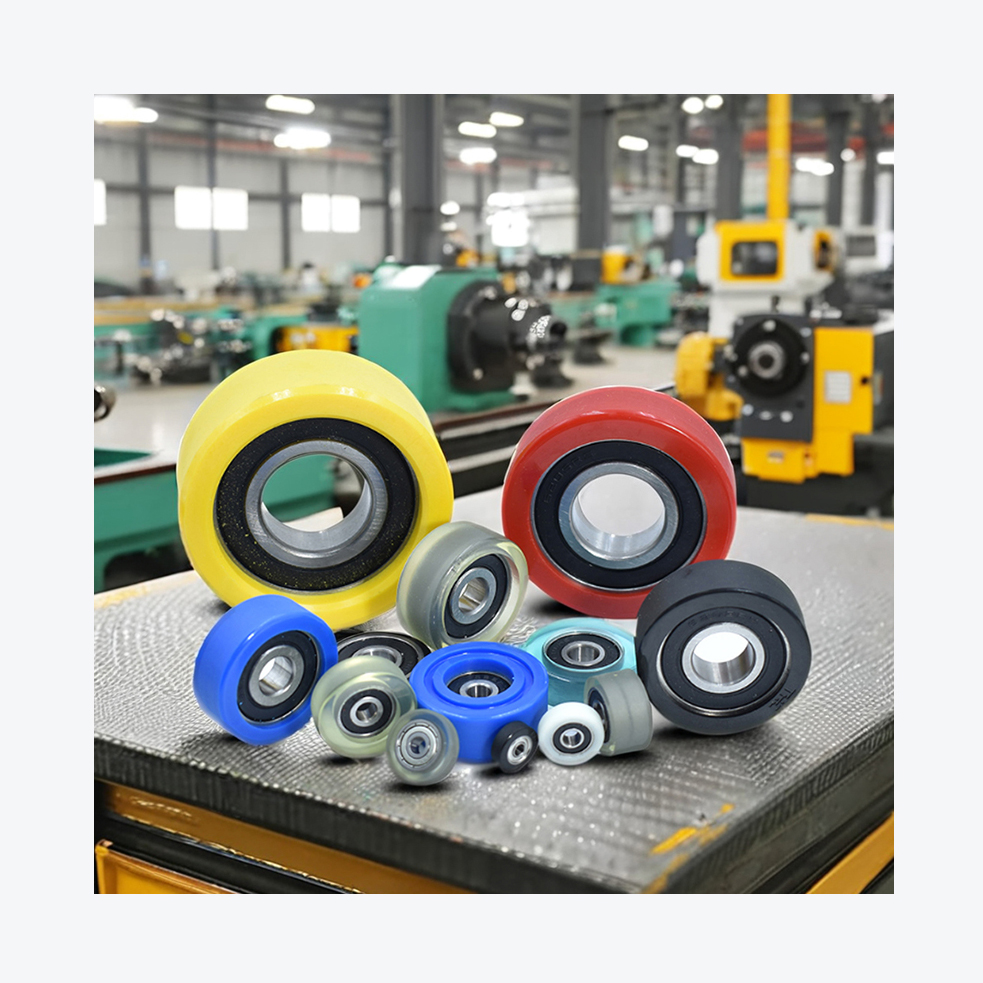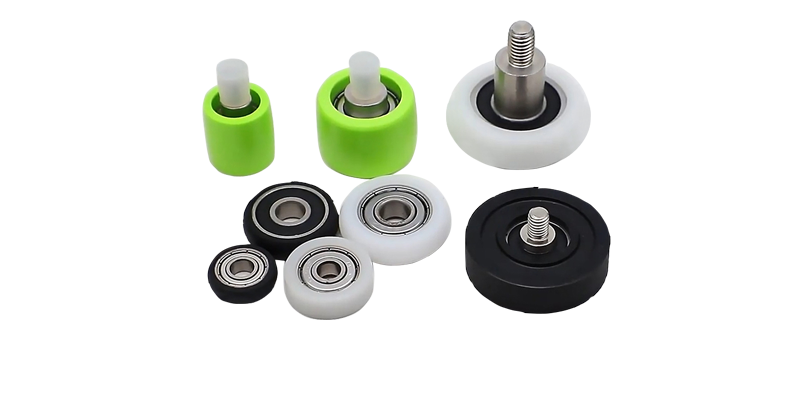86-15820855246(WhatsApp)
info@semeimachinery.com
 SEMEI Wheel Bearings : How do PU-coated wheels compare to other materials?
SEMEI Wheel Bearings : How do PU-coated wheels compare to other materials?PU-coated wheels, which feature a core material (often rubber, plastic, or metal) with an outer layer of polyurethane (PU), offer a range of benefits and some potential drawbacks when compared to wheels made from other materials. Here’s a detailed comparison:

Durability and Wear Resistance: PU has superior wear resistance compared to rubber, which can lead to longer-lasting wheels.
Load Capacity and Deformation: PU is less likely to deform under heavy loads than rubber, offering better support for heavier applications.
Grip and Traction: PU generally provides excellent grip on various surfaces, often outperforming rubber in terms of traction, especially on smooth or wet surfaces.
Abrasion Resistance: PU tends to have higher abrasion resistance, making it more suitable for rough or abrasive environments.
Chemical Resistance: PU has better resistance to oils, chemicals, and solvents than most types of rubber, making it more appropriate for industrial settings.
Noise Reduction: PU-coated wheels are quieter than metal wheels because the PU layer absorbs vibrations and reduces noise during operation.
Impact Absorption: The softer PU material can absorb shocks better than metal, leading to a smoother ride and less stress on the load or equipment.
Weight: PU-coated wheels are typically lighter than solid metal wheels, which can make them easier to handle and potentially reduce energy consumption in motorized vehicles.
Elasticity and Flexibility: A PU coating over a different core material can provide a balance between the flexibility of the core and the durability of PU.
Cost-Effectiveness: Depending on the application, using a PU coating over a less expensive core material can be more cost-effective while still achieving desired performance characteristics.
Potential for Delamination: One downside is that there is a risk of the PU layer separating from the core if not properly bonded or under severe use conditions.
Load-Bearing Capacity: PU-coated wheels usually have a higher load-bearing capacity than plastic wheels, especially when the core is made of a sturdy material like metal or hard rubber.
Durability and Longevity: PU is generally more durable and long-lasting than many plastics, which can degrade over time due to exposure to UV light, chemicals, or extreme temperatures.
Traction and Grip: PU offers better traction and grip than most plastics, particularly on smooth or slippery surfaces.
PU-coated wheels are widely used in various industries, including manufacturing, logistics, healthcare, and office environments, due to their combination of durability, traction, and quiet operation. They are also common in material handling equipment such as carts, trolleys, and dollies, as well as in automated guided vehicles (AGVs) and medical devices.
When choosing between PU-coated wheels and those made from other materials, consider factors such as the operating environment (temperature, surface type, chemical exposure), load requirements, noise level preferences, and budget. Each material has its strengths, and the best choice will depend on the specific needs of your application.
